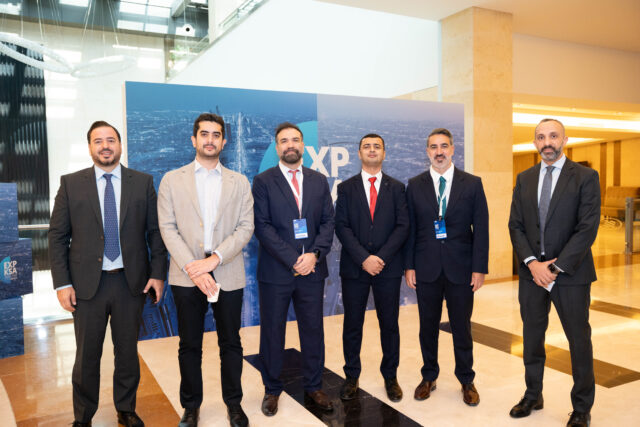June 19, 2025
Tech Improves Dining Experience for 57% of Consumers

According to new consumer data released by HungerRush, America’s appetite for quick-service and fast-casual dining remains strong, despite inflationary pressures. A striking 93% of consumers still visit these restaurants at least once per month. However, diners are becoming more selective: 40% report cutting back on frequency due to rising costs, while 16% are leaning more heavily on QSRs as a cost-saving alternative to pricier dining options.
“This new data confirms what our restaurant partners are experiencing every day,” said Bill Mitchell, CEO at HungerRush. “Consumers are still dining out, but they’re more selective. Operators who use technology to reduce friction, personalise offers, and enhance speed of service will win both loyalty and repeat business.”
It’s Not Just About Price
Today’s diners are hungry for more than affordable meals—they expect speed, convenience, and increasingly, a seamless digital experience. When choosing where to eat, consumers prioritise price (67%), location and convenience (51%), and speed of service (48%). Yet, the digital experience is now just as critical: 57% say mobile ordering apps have improved their dining experience, and 69% say real-time order updates matter, with over a third saying it’s very important.
Personalisation is another growing expectation. Over half of respondents (57%) prefer tailored discounts based on their order history, compared to just 34% who are happy with generic promotions. Meanwhile, 40% want more tech in rewards and loyalty programs, and 51% would use more restaurant tech if it meant faster service.
Even as digital channels evolve, the human element still holds sway. The top ordering method remains in-store with staff (38%), followed by drive-thru (26%). This highlights the need for a thoughtful balance—leveraging technology to reduce friction and enhance service, without losing the personal touch.
Common pain points—like long wait times (42%), incorrect orders, and inconsistent service—can often be traced back to disconnected systems or staffing shortages. But with smart tech integration, brands have an opportunity to solve these issues and exceed customer expectations, all while building loyalty in an increasingly competitive, cost-conscious environment.



